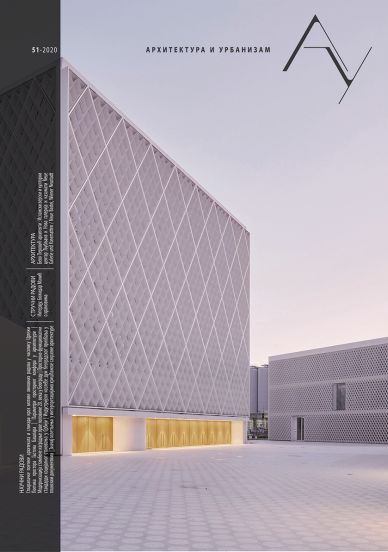The importance of lighting in the interpretations of christian sacral architecture of the second half of the XX century
Abstract
The character of architectural space is dependent on the range of aspects that define it. Lighting presents a very significant component of architectural space. Apart from being functionally necessary for carrying out the planned activities, lighting also has a very important role in determining the ambient value of the segments or the entirety of the space. That role becomes even more important and dramatically evident in those architectural spaces that are meant to provide an intense experience for users, as in the case of sacral architecture. For centuries lighting has been a topic present in sacral architecture, and its significance becomes especially noticeable in newer interpretations of rigidly subdued contemplative spaces. The refined aesthetics of the architectural forms of the second half of the XX century often gives way to lighting as the central element of the architectural composition, which determines the mystical and suggestive ambiances that direct users to contemplation. The study is, in the first part, conducted through a theoretical analysis of the phenomena of natural and artificial lighting in architecture. Then, in the second part, an analysis of prominent examples of sacral architecture from the given period is applied in order to explore models of treating lighting as a key element in building expressive architectural spaces that invite spiritual reflections and contemplation. The goal of this research is to examine the potentials of lighting beyond its utilitarian function, and research the possibilities and potential of utilizing lighting as a carrier of the meditative and transcendental character of sacral architecture. The result of the research is a confirmation of the importance of lighting in sacral architecture, and an insight into the ways of thinking about light in the context of shaping suggestive and meditative architectural spaces that intensify the hyperphysical experience.
Copyright (c) 2020 Arhitektura i urbanizam

This work is licensed under a Creative Commons Attribution-ShareAlike 4.0 International License.

